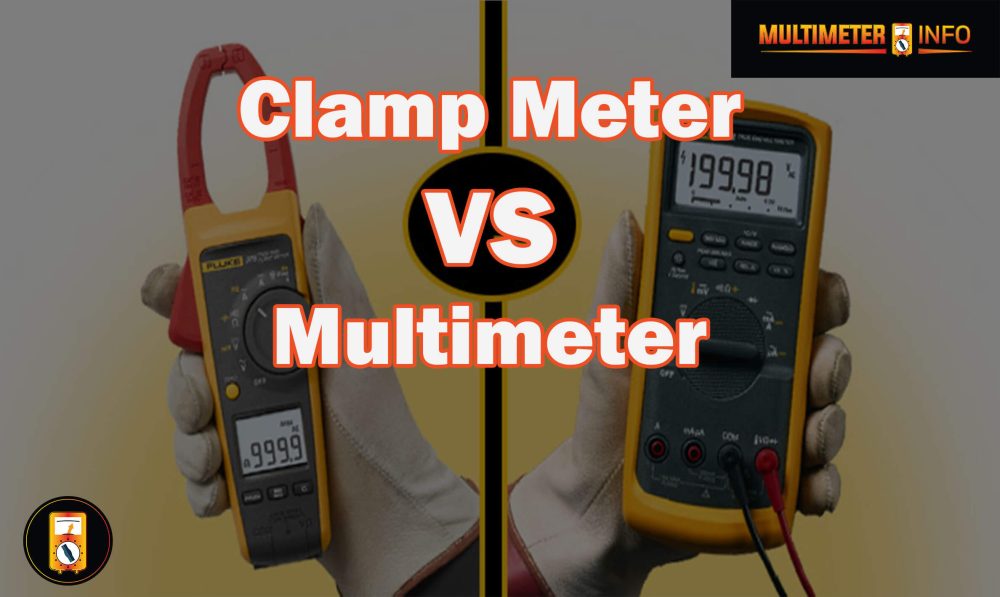A temperature sensor is an essential component used in various electronic devices and systems to measure temperature accurately. Testing a temperature sensor with a multimeter is a straightforward process that allows you to verify its functionality and ensure accurate temperature readings. This article will guide you through the step-by-step process of testing a temperature sensor using a multimeter.
Understanding Temperature Sensors
Temperature sensors are electronic devices designed to accurately measure the temperature of their surrounding environment. They are commonly used in HVAC systems, automotive engines, industrial processes, and consumer electronics applications. Temperature sensors can provide analog or digital temperature readings based on the specific technology.

Tools and Materials Needed
Before testing a temperature sensor, gather the following tools and materials:
- Multimeter (preferably digital)
- Temperature sensor datasheet or specifications
- Safety gloves
- Safety goggles
Safety Precautions
Ensure your safety by following these precautions:
- Disconnect the power supply to the device containing the temperature sensor before testing.
- Wear safety gloves and goggles to protect yourself from any potential hazards.
- Handle the temperature sensor and multimeter with care to avoid damage or injury.
Testing Procedure
Follow these steps to test a temperature sensor with a multimeter:
Initial Preparations
- Turn off the device or system that contains the temperature sensor.
- Locate the temperature sensor. Refer to the datasheet or specifications for its exact location.
Setting Up the Multimeter
- Set your multimeter to the resistance (Ω) mode. If available, choose the temperature resistance mode (if indicated).
- Adjust the multimeter’s range to an appropriate setting based on the expected resistance values of the temperature sensor. Refer to the datasheet for guidance.
Testing the Temperature Sensor
- Disconnect the wires or leads connected to the temperature sensor.
- Connect the multimeter’s test leads to the temperature sensor terminals. Ensure a secure and stable connection.
- Observe the multimeter’s display. It should show a resistance value corresponding to the temperature sensor’s specifications.
- Gently apply heat or cold to the temperature sensor, depending on its intended usage. Monitor the multimeter readings as the temperature changes.
- The resistance value displayed on the multimeter should vary according to the temperature variations.
Interpreting the Results
- Compare the resistance values measured by the multimeter with the temperature sensor’s datasheet or specifications.
- The temperature sensor functions correctly if the readings align within an acceptable range.
- In case of significant discrepancies or inconsistent readings, the temperature sensor may be faulty or improperly connected.
Troubleshooting Common Issues
Here are some troubleshooting tips for common temperature sensor issues:
- Check for loose connections or damaged wires.
- Ensure the temperature sensor is calibrated correctly.
- Verify that the power supply to the device is stable and within the required range.
- Consult the temperature sensor manufacturer’s documentation or seek professional assistance if necessary.
Maintenance Tips for Temperature Sensors
To ensure the longevity and accuracy of temperature sensors, consider the following maintenance tips:
- Keep the temperature sensor clean and free from dust or debris.
- Regularly inspect the wiring and connections for any signs of damage or wear.
- Follow the manufacturer’s guidelines for calibration and maintenance intervals.
- Store temperature sensors in a controlled environment to prevent exposure to extreme temperatures or humidity.
Conclusion
Testing a temperature sensor with a multimeter ensures accurate temperature measurements in various applications. By following the outlined procedure and considering the safety precautions, you can verify the functionality of the temperature sensor and troubleshoot any potential issues. Regular maintenance and calibration will improve temperature sensors’ optimal performance and longevity.
Frequently Asked Questions:
While a multimeter is the most reliable tool for testing a temperature sensor, you can also use an oscilloscope or a temperature-measuring instrument designed specifically for this purpose.
If you encounter significant discrepancies in the readings, ensure the connections are secure and properly calibrated. Consider consulting the manufacturer’s documentation or seeking professional assistance if the issue persists.
No, different temperature sensors may have different resistance ranges. Refer to the datasheet or temperature sensor specifications and adjust the multimeter settings accordingly.
Safety gloves and goggles are recommended to protect yourself from hazards, especially when working with electrical components.
Calibration intervals may vary based on the specific application and industry requirements. Following the manufacturer’s guidelines for calibration and maintenance schedules is advisable.




